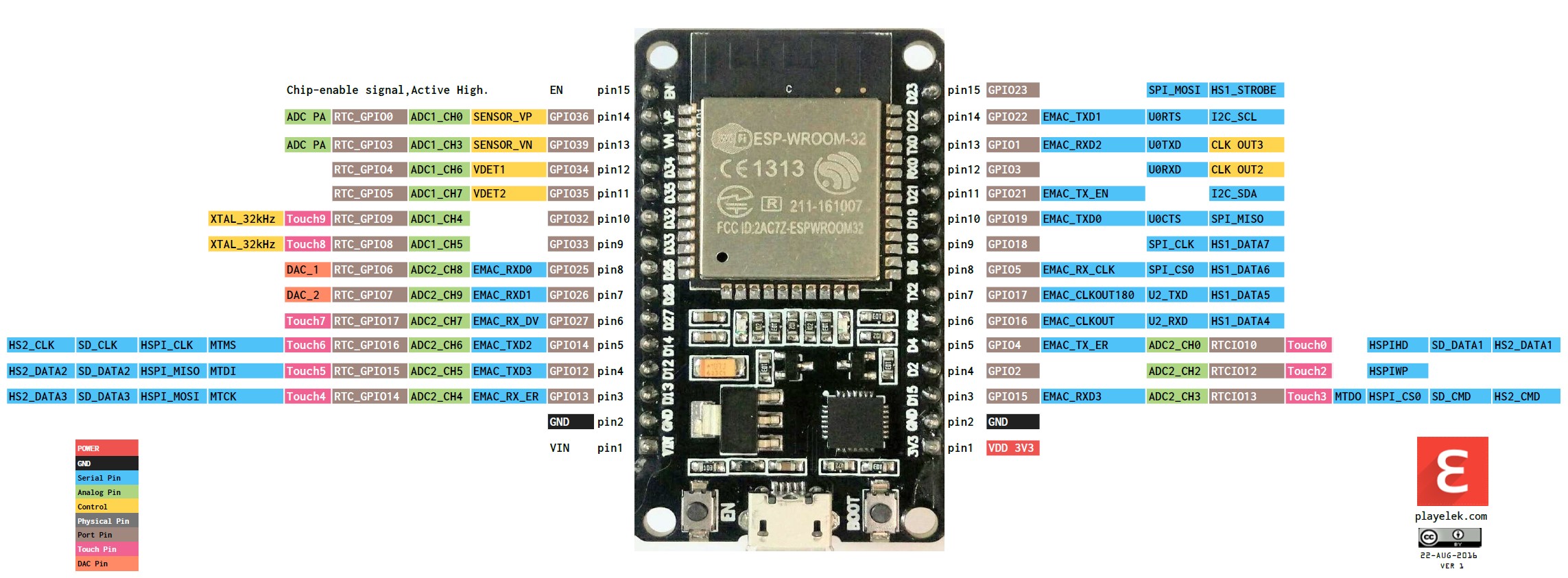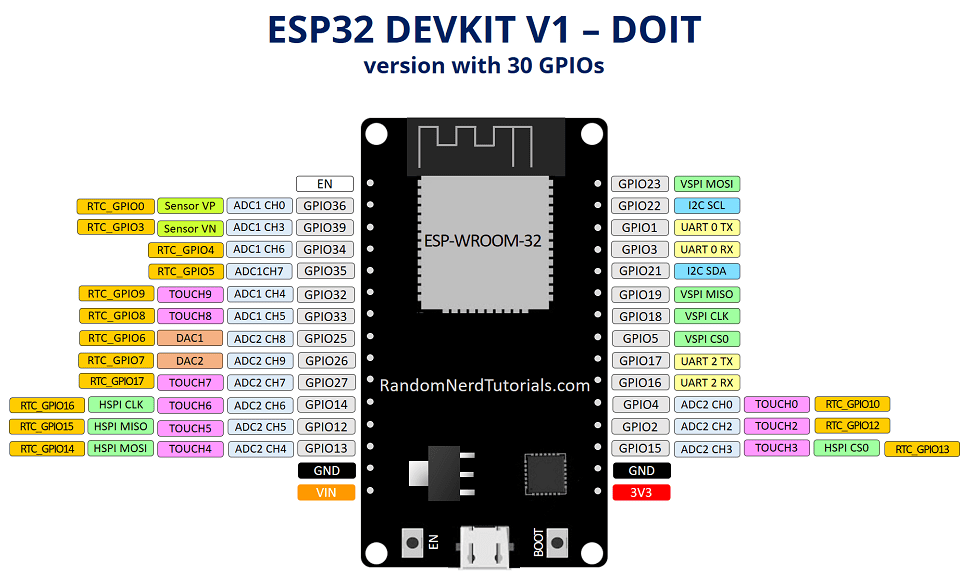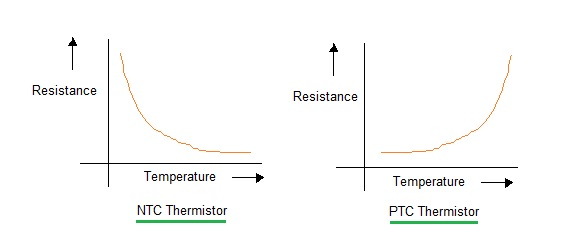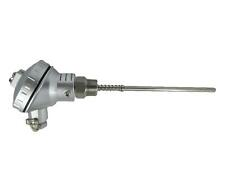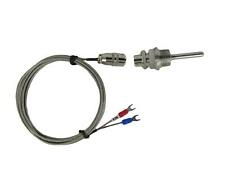Any one have any input on the BruControl Quadzilla? I am looking how you wired it and how you control it.
Specifically Voltage and Amperage of supply and how many? 4 x 240vac 10 Amp Circuits?
Wire size and type to Plug from SSR: 12/3 AWG with Ground? (Overkill for 1375 watts)
Plug Type? NEMA L14-20
SSR Proportional with interface PID Outputs like a CRYDOM MCPC Controller? One for each leg? Do you use 0-5v, 0-10v, or 4-20ma control?
I am trying to plan my power outlets in a wall going up this week.
I am looking to see how YOU did it. I am very familiar with Electricity and AWG wire size for Amperage and have an Electrician check my plan. I will properly size the wire after I know how to use the Quadzilla. I am just not sure how you would wire and control the Quadzilla since it is like 4 separate elements.
Specifically Voltage and Amperage of supply and how many? 4 x 240vac 10 Amp Circuits?
Wire size and type to Plug from SSR: 12/3 AWG with Ground? (Overkill for 1375 watts)
Plug Type? NEMA L14-20
SSR Proportional with interface PID Outputs like a CRYDOM MCPC Controller? One for each leg? Do you use 0-5v, 0-10v, or 4-20ma control?
I am trying to plan my power outlets in a wall going up this week.
I am looking to see how YOU did it. I am very familiar with Electricity and AWG wire size for Amperage and have an Electrician check my plan. I will properly size the wire after I know how to use the Quadzilla. I am just not sure how you would wire and control the Quadzilla since it is like 4 separate elements.














































![Craft A Brew - Safale S-04 Dry Yeast - Fermentis - English Ale Dry Yeast - For English and American Ales and Hard Apple Ciders - Ingredients for Home Brewing - Beer Making Supplies - [1 Pack]](https://m.media-amazon.com/images/I/41fVGNh6JfL._SL500_.jpg)
















